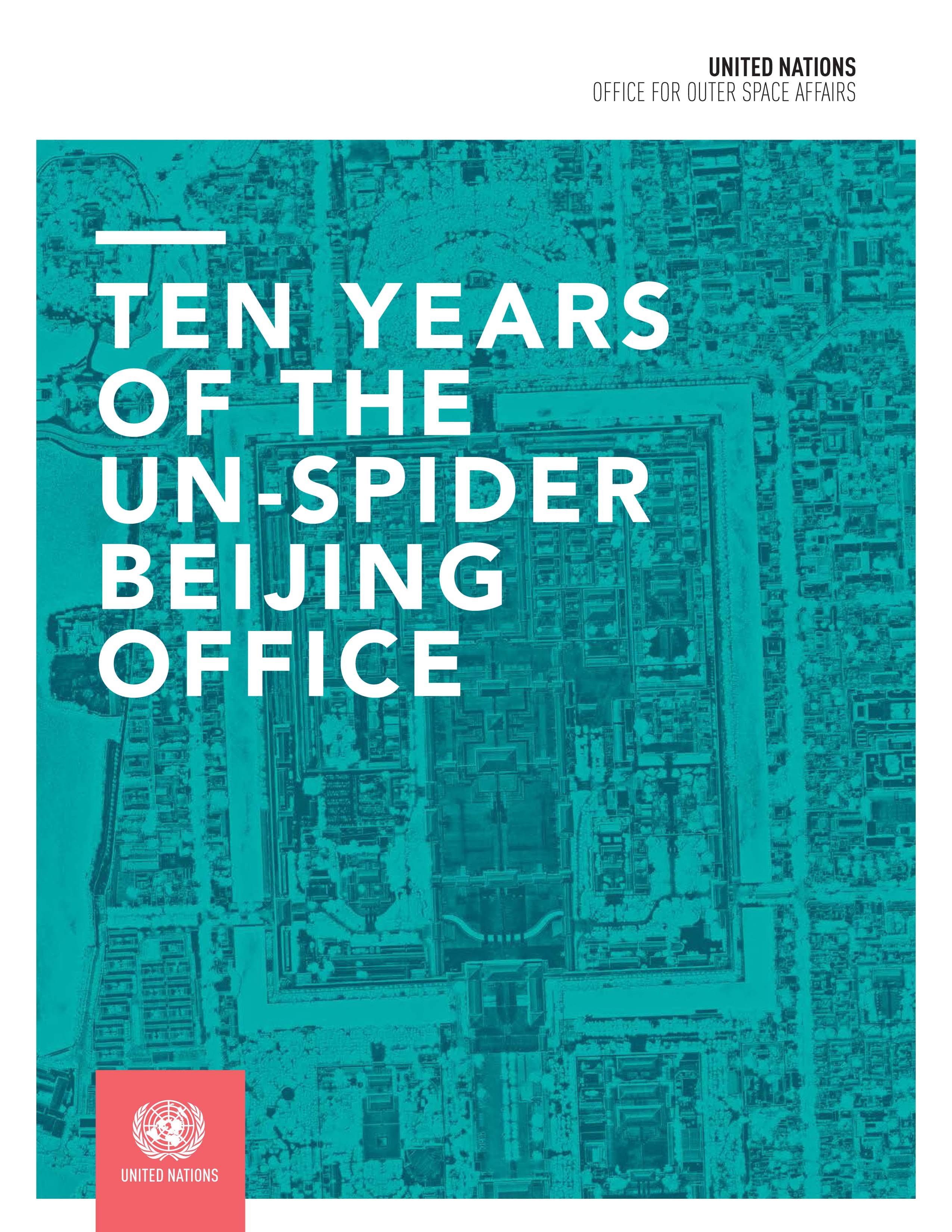 As natural disasters exacerbated by climate change threaten to jeopardize sustainable development around the world, timely insights into natural hazards and the risks they pose to societies are more critical than ever.
As natural disasters exacerbated by climate change threaten to jeopardize sustainable development around the world, timely insights into natural hazards and the risks they pose to societies are more critical than ever.
Understanding the exposure of people and assets to hazards, forecasting and preparing for the impacts of disasters, and planning emergency response operations require accurate and easy-to-access information. Space technologies such as Earth observation satellites, telecommunication technologies and global navigation satellite systems can provide this information, supporting disaster risk reduction, preparedness, response and recovery.
Since its establishment in 2006 as a programme of the Office for Outer Space Affairs (UNOOSA), the Platform for Space-based Information for Disaster Management Emergency Response (UN-SPIDER) has supported countries all over the world, in particular developing countries, in accessing and making use of space technologies for addressing natural and technological disasters, and in implementing the Sendai Framework for Disaster Risk Reduction 2015–2030.
Asia is particularly struck by disasters; 86 per cent of all people reported as affected by climate-related disasters between 1998 and 2017 were located on the continent according to a recent report. Cyclone Fani and Typhoon Mangkhut are just two examples of extremely powerful storms that recently hit the region.
Since its inception in 2009, the UN-SPIDER Beijing office has been working with national stakeholders as well as regional and international organizations to strengthen disaster management capacities in the region. Through its technical advisory support activities, training courses and annual conferences in Beijing, the office has contributed to building the capacity of Member States to use space-based information in disaster management and emergency response.
Marking the tenth anniversary of the UN-SPIDER Beijing office, this booklet highlights its key achievements through the contributions of its regional support offices and other partners.
You can download the publication below and access a high-resolution version for online reading here.
| Attachment | Tamaño |
|---|---|
| Download the publication. (1.92 MB) | 1.92 MB |
